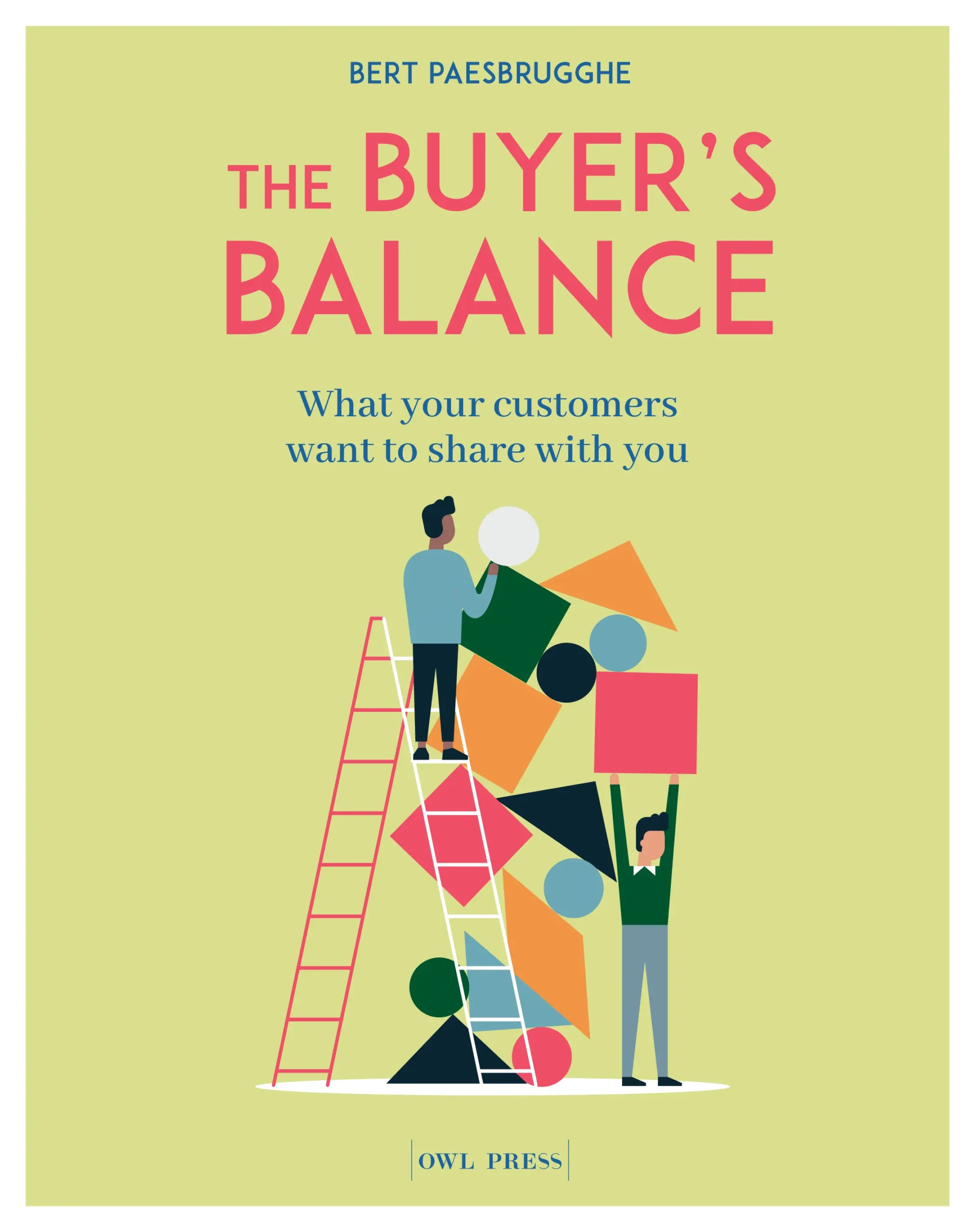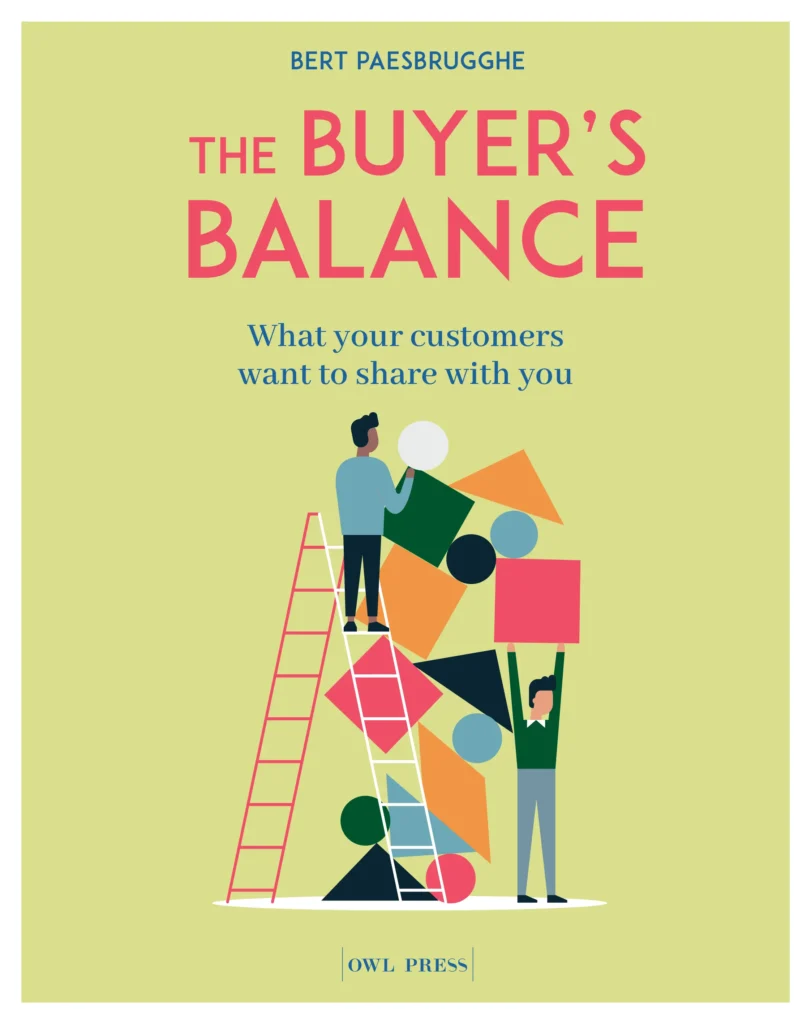Customer success management (CSM) has become a pivotal focus for businesses looking to enhance customer satisfaction, reduce churn, and drive growth. As we move into 2024, several emerging technologies, industry shifts, and future predictions are shaping the landscape of customer success. This blog explores these trends in depth, offering insights into how companies can stay ahead in this evolving field.

1. Artificial Intelligence (AI) and Machine Learning (ML)
AI and ML continue to revolutionize customer success management by providing advanced analytics, predictive insights, and automation capabilities. These technologies enable businesses to understand customer behaviors better, anticipate needs, and deliver personalized experiences.
- Predictive Analytics: AI-driven predictive analytics allows companies to forecast customer behaviors such as potential churn, product adoption rates, and customer lifetime value. By analyzing historical data, AI can identify patterns and trends that human analysts might miss, enabling proactive interventions.
- Personalization: ML algorithms can analyze customer data to create highly personalized experiences. From tailored product recommendations to customized communication strategies, personalization driven by AI can significantly enhance customer satisfaction and loyalty.
- Automation: Routine tasks such as data entry, follow-up emails, and customer feedback collection can be automated using AI. This not only improves efficiency but also frees up customer success teams to focus on more strategic activities.
2. Digital Transformation
Digital transformation is reshaping customer success strategies by leveraging cloud-based tools, enhanced data integration, and digital engagement channels. The shift to digital platforms is essential for businesses aiming to stay competitive in today’s tech-savvy market.
- Cloud-Based Tools: Cloud-based CSM platforms offer flexibility, scalability, and remote access, allowing teams to collaborate in real-time and share data seamlessly. These tools are particularly beneficial for businesses with distributed teams or remote work policies.
- Data Integration: Integrating CSM tools with other business systems such as CRM, ERP, and marketing automation platforms provides a holistic view of customer data. This integration enhances decision-making and enables a unified approach to customer engagement.
3. Proactive Customer Success
A proactive approach to customer success focuses on anticipating customer needs and addressing potential issues before they escalate. This shift from reactive to proactive strategies is driven by advanced data analytics and customer health scoring.
- Customer Health Scoring: Customer health scores are calculated using real-time data on engagement, product usage, and customer satisfaction. These scores help customer success teams identify at-risk customers and prioritize support efforts accordingly.
- Proactive Outreach: Automated alerts and triggers based on customer behavior enable proactive outreach. For example, if a customer’s engagement drops, an automated email or notification can prompt a check-in from the customer success team.
- Predictive Maintenance: In industries where product uptime is critical, predictive maintenance driven by AI can identify potential issues before they occur, reducing downtime and improving the customer experience.
4. Customer Success Metrics and KPIs
Tracking the right metrics and KPIs is crucial for measuring the effectiveness of customer success initiatives. In 2024, businesses are focusing on a more comprehensive set of metrics that provide deeper insights into customer health and success. It is important to blend quantitative and qualitative metrics from both the organizations in one overview. On top of this, there are some business value metrics that are also strong indicators for customer success. Specific surveys for the involved teams are key to increase the response rate, as well as the accuracy of the data. Tracking the right metrics and KPIs is crucial for measuring the effectiveness of customer success initiatives. In 2024, businesses are focusing on a more comprehensive set of metrics that provide deeper insights into customer health and success. To achieve this, blending quantitative and qualitative metrics, along with specific surveys and business value metrics, is essential. This multi-metric approach moves beyond traditional tools like NPS and CES, which often suffer from biases, offering a more accurate and holistic view of customer success.
Comprehensive Metrics and KPIs for Customer Success
Quantitative Metrics
- Customer Lifetime Value (CLV): This metric estimates the total revenue a business can expect from a customer over their lifetime. CLV helps identify high-value customers and tailor strategies to maximize long-term value.
- Churn Rate: Churn rate measures the percentage of customers who stop using a product or service over a given period. Analyzing churn data reveals common pain points and areas for improvement.
- Monthly Recurring Revenue (MRR) Growth: Tracking MRR growth provides insights into revenue stability and growth potential. It helps assess the effectiveness of upsell, cross-sell, and retention strategies.
- Customer Health Score: This composite score uses data on engagement, product usage, and satisfaction to assess overall customer health. It helps prioritize support efforts and identify at-risk customers.
Qualitative Metrics
- Customer Satisfaction (CSAT): CSAT surveys provide direct feedback on customer satisfaction levels with specific interactions or overall experience. This metric offers actionable insights for improving service quality.
- Product Feedback: Collecting qualitative feedback on product features and usability helps identify areas for enhancement and innovation. Regularly updating the product based on user feedback ensures it meets customer needs.
- Sentiment Analysis: Analyzing customer sentiments from feedback, reviews, and social media interactions provides insights into customer emotions and opinions. Understanding sentiment helps address concerns and improve satisfaction.
Business Value Metrics
- Net Revenue Retention (NRR): NRR measures the revenue retained from existing customers, including upsells, cross-sells, and downgrades. A high NRR indicates successful retention and expansion strategies.
- Customer Acquisition Cost (CAC): CAC measures the cost of acquiring new customers. Balancing CAC with CLV ensures sustainable growth and profitability.
- Expansion Revenue: Tracking revenue generated from existing customers through upsells and cross-sells provides insights into the effectiveness of customer success efforts in driving additional value.
Specific Surveys and Multi-Metric Approach
- Employee Feedback Surveys: Surveys targeting customer success teams and other involved departments gather insights on internal processes and collaboration. High response rates and accurate data from these surveys help identify areas for improvement.
- Customer Feedback Surveys: Specific surveys tailored to different customer segments and touchpoints ensure relevant and actionable feedback. Segmenting surveys by customer journey stages provides a comprehensive view of customer experiences.
- Blending Metrics: Combining quantitative and qualitative metrics offers a holistic view of customer health. For example, pairing NPS with sentiment analysis provides deeper insights into customer loyalty and underlying sentiments.
- Specific surveys for involved teams, such as customer success, support, sales, and product teams, are crucial for increasing the response rate and accuracy of data. These surveys should be designed to capture insights on collaboration, process efficiency, and customer interactions, offering a well-rounded perspective on customer success initiatives.
Moving Beyond NPS and CES
While Net Promoter Score (NPS) and Customer Effort Score (CES) have been widely used, they often suffer from biases and limitations. NPS can be influenced by recent interactions and does not provide insights into specific areas needing improvement. Similarly, CES focuses on ease of interaction but may not capture overall satisfaction or loyalty.
Limitations of NPS and CES:
Biases: Both NPS and CES are subject to biases based on recent experiences, customer mood, and interpretation of survey questions. These biases can lead to skewed results and inaccurate assessments.
Lack of Depth: NPS and CES provide high-level insights but lack the granularity needed to identify specific issues and actionable areas for improvement.
Multi-Metric Approach:
- Holistic View: Combining multiple metrics offers a more comprehensive view of customer health and success. This approach mitigates the biases of individual metrics and provides a balanced perspective.
- Actionable Insights: Blending quantitative and qualitative data helps identify specific pain points and opportunities for enhancement, enabling more targeted and effective customer success strategies.
- Continuous Improvement: Regularly updating and refining metrics based on feedback and evolving business goals ensures that customer success initiatives remain relevant and impactful.
Future Predictions and Best Practices
Looking ahead, several trends and best practices will shape the future of customer success management metrics and KPIs.
- Increased Use of AI and ML: AI and ML will play a crucial role in analyzing customer data, predicting behaviors, and providing personalized recommendations. These technologies will enhance the accuracy and relevance of customer success metrics.
- Real-Time Analytics: Real-time data analytics will enable businesses to monitor customer health and engagement continuously. This immediate insight allows for timely interventions and adjustments to customer success strategies.
- Enhanced Data Integration: Integrating customer success metrics with other business systems, such as CRM, ERP, and marketing platforms, will provide a unified view of customer data. This integration ensures that all teams have access to the same insights, fostering collaboration and consistency.
- Focus on Customer-Centric Metrics: Metrics that directly reflect customer experiences and outcomes will become increasingly important. Businesses will prioritize metrics that provide actionable insights into customer satisfaction, loyalty, and value realization.
- Customized Metrics: Companies will develop customized metrics tailored to their specific industries, business models, and customer segments. These bespoke metrics will provide more relevant and accurate insights, driving better decision-making.
Tracking the right metrics and KPIs is essential for effective customer success management. In 2024, businesses are adopting a multi-metric approach that blends quantitative and qualitative data, leverages specific surveys, and incorporates business value metrics. Moving beyond traditional tools like NPS and CES, this comprehensive approach provides a deeper and more accurate view of customer health and success.
By embracing these trends and best practices, businesses can enhance their customer success initiatives, improve customer satisfaction and loyalty, and drive sustainable growth. The future of customer success management lies in leveraging advanced technologies, integrating diverse metrics, and maintaining a customer-centric focus, ensuring that every aspect of the business aligns with the goal of delivering exceptional customer experiences.
5. Customer Success Technology and Tools
The market for customer success technology is expanding rapidly, with new tools and platforms emerging to address various aspects of customer success management. These technologies enhance the efficiency and effectiveness of customer success teams.
- Customer Success Platforms: Comprehensive platforms like Gainsight, EvaluationsHub, Totango, and ChurnZero provide a suite of tools for managing customer success. These platforms offer features such as health scoring, automated workflows, and detailed analytics.
- AI-Powered Chatbots: Chatbots powered by AI provide instant support, resolving common queries and issues without human intervention. This improves response times and customer satisfaction while reducing the workload on support teams.
- Customer Feedback Tools: Tools like SurveyMonkey, Qualtrics, and EvaluationsHub enable businesses to collect and analyze customer feedback. These tools help in understanding customer needs and preferences, driving continuous improvement.
6. Industry Shifts and Predictions
As customer success continues to evolve, several industry shifts and future predictions are shaping the direction of CSM strategies.
Customer-Centric Culture: Businesses are increasingly adopting a customer-centric culture, where customer success is integrated into every aspect of the organization. This cultural shift ensures that customer success is not just a function but a core value. Expansion of Customer Success Roles: The role of customer success is expanding beyond retention and satisfaction to include revenue growth and customer advocacy. Customer success managers (CSMs) are becoming integral to upsell and cross-sell strategies. Focus on Customer Education: Providing customers with the knowledge and resources they need to succeed is becoming a priority. Educational content, such as webinars, tutorials, and knowledge bases, helps customers fully utilize products and services. Data Privacy and Security: With increasing concerns about data privacy, businesses must ensure that their customer success practices comply with regulations like GDPR and CCPA. Protecting customer data is essential for maintaining trust and loyalty.
Sustainability and Social Responsibility: Customers are increasingly valuing companies that prioritize sustainability and social responsibility. Businesses that integrate these values into their customer success strategies can differentiate themselves and build stronger customer relationships.
7. Community Building and Engagement
Building a community around a product or service fosters a sense of belonging and loyalty among customers. Community engagement is becoming a critical component of customer success strategies.
- Online Communities: Creating online forums, social media groups, and discussion boards allows customers to connect, share experiences, and support each other. These communities provide valuable insights and feedback for businesses.
- Customer Advocacy Programs: Encouraging satisfied customers to become advocates can drive word-of-mouth marketing and referrals. Advocacy programs often include incentives, recognition, and exclusive benefits for loyal customers.
- Events and Webinars: Hosting events and webinars helps businesses engage with their customers, share knowledge, and showcase product updates. These events also provide networking opportunities for customers and foster a sense of community.
8. The Role of Data Analytics
Data analytics plays a crucial role in customer success management by providing actionable insights and driving data-driven decision-making.
- Behavioral Analytics: Analyzing customer behavior data helps businesses understand how customers interact with their products and services. This information is essential for optimizing the customer journey and improving user experience.
- Sentiment Analysis: Sentiment analysis tools can gauge customer emotions and opinions based on feedback and social media interactions. Understanding customer sentiment helps businesses address concerns and improve satisfaction.
- Advanced Reporting: Modern customer success platforms offer advanced reporting capabilities, allowing businesses to track key metrics and generate detailed reports. These reports provide a clear picture of customer health and success, guiding strategic decisions.
9. Collaboration Between Teams
Effective customer success management requires collaboration between various teams within an organization, including sales, marketing, product, and support.
- Integrated Workflows: Integrating customer success workflows with other departments ensures that everyone is aligned and working towards common goals. This collaboration enhances the overall customer experience and drives better outcomes.
- Shared Goals and Metrics: Establishing shared goals and metrics between teams fosters a sense of accountability and cooperation. For example, aligning customer success and sales goals can improve upsell and cross-sell opportunities.
- Regular Communication: Regular communication and collaboration between teams help identify and address customer issues promptly. Cross-functional meetings and collaborative tools facilitate this communication.
Conclusion
As we move into 2024, the trends in customer success management highlight the importance of leveraging advanced technologies, adopting proactive strategies, and fostering a customer-centric culture. By embracing these trends, businesses can enhance customer satisfaction, reduce churn, and drive long-term growth. Staying ahead in the ever-evolving field of customer success requires continuous learning and adaptation. By keeping up with the latest trends and incorporating them into their strategies, businesses can ensure that they meet the evolving needs of their customers and achieve sustained success.





